Marketers have plenty of options.
Actually, marketers might have too many options.
Facebook Ads, organic search, AdWords, and content creation are just a few of the tactics at your fingertips.
Add in a slice of social media marketing, a dash of sponsorships, and a sprinkle of affiliate partnerships, and that clutter quickly muddies the entire marketing process.
With your hand in so many piggy banks, how can you know which ones are generating the most cash flow, which ones are paying for themselves, and which ones you should outright ditch?
Well, all of those options make answering those questions difficult.
You might be doing a lot of marketing stuff. But are you doing the right stuff?
That’s the question you need to answer.
If you can’t answer it, though, you’re not alone. 40% of marketers list proving the ROI of their marketing activities as a top challenge.
In other words, marketers are struggling to determine which methods they should prioritize, which they need to optimize, and which they need to quit.
That’s no surprise.
With all of the tactics floating around the Internet, eager and willing marketers try to dive in on the newest trends.
But there’s a problem.
Focusing on so many different things at once kills your ability to measure the effectiveness of any one of those channels.
In the end, the funnel ends up looking more like a twisted pretzel than a linear cone.
And if you aren’t able to measure which tactics are working and which ones aren’t, it’ll hurt your business.
You might be successful, but you can’t keep your momentum when you don’t know where it’s coming from.
So, what’s the answer?
You have to choose the right analytics attribution model for each marketing strategy.
But, let’s start by talking about exactly what an attribution model is.
What is an attribution model?
In its most basic form, an attribution model is a method for attributing conversions to marketing channels.
Using one or several attribution models helps you determine which campaign should gain the credit for each conversion.
For example, should it be your Facebook Ads, AdWords campaign, search engine optimization, email marketing, or referral program?
Then, when you understand which tactics work best, you can build momentum and further leverage those strategies.
Without an attribution model, though, empowering your marketing efforts is practically impossible.
You’re already using different marketing strategies.
You don’t want all of that time and budget to go to waste.
That means you need to have attribution models for your campaigns.
Think of the attribution model like a clock. If you don’t have a clock to tell you the time, then you might be able to guess the time based on the light outside, but you won’t know for sure.
The same is true for most marketing efforts.
You spend a lot of time guessing and too little time actually knowing.
That leads us to the primary reason that marketers use attribution models. Namely, it’s to give credit accurately to the correct marketing activities.
OK, so you’re convinced.
You know you need an attribution model.
But, there’s not a one-size attribution model for all business or even all campaigns. So before you go off on your own, you also need to understand the different types of attribution models.
Let’s discuss the eight primary ones, how each one works, and then how you can choose the correct one for your business or individual campaigns.
1. First-click attribution model
Imagine this.
You see a Facebook Ad for a piece of content from Shopify.
You’re immediately intrigued, so you click on the Facebook Ad and read through the landing page.
After a few moments of investigation, you decide you want to download the gated resource. So you enter your email address and other requested contact info.
Then, a few days later, you receive an email for a follow-up SaaS product that you absolutely must have.
You talk with the team and purchase the product.
But which channel gets credit for your conversion?
According to the first-click attribution model, the original Facebook Ad does.
The first-click attribution model gives credit to the first touch point, regardless of whether that marketing campaign directly influenced the sale or not.
A visitor might bounce around from marketing campaign to marketing campaign, but under this attribution, the first click matters most.
This is a powerful attribution model when you’re trying to discover the methods and strategies that drive the most new customers.
Once you determine that, you can increase your ad spend for successful channels to generate new customers at a faster rate.
2. Last-click attribution model
Again, you’re scrolling through Facebook.
After noticing an ad on your feed, you click it, browse through the page’s content, and then leave.
A few days later, you decide that you’re interested in the service that the company offers.
So you enter in their website URL, go to their pricing page, pick your plan, and purchase.
With the last-click attribution model, direct traffic receives the credit for the conversion.
Why?
Because this model gives credit to the last touch point.
But when is this kind of attribution model most effective?
Well, it’s most effective when you want to find out which channels are providing the most conversions.
In other words, the last-click attribution model allows you to easily measure where your bottom-of-the-funnel transitions are happening.
You might, for instance, find that they’re happening when you send emails like this.
And that’s valuable information for a marketer like yourself to have access to.
After all, if you don’t know which channels are closing the most deals and pulling in the most cash, then you can’t leverage those channels to pull in even more cash.
People might interact with a lot of different marketing channels. But often, the place they convert is the channel most worthy of your attention.
With last-click attribution, you can determine where the conversions are coming from.
3. Last non-direct click attribution model
The last-click attribution model gives conversion credit to the place that people clicked last.
But the last non-direct click attribution model gives credit to the last source that wasn’t direct traffic.
For example, say that someone clicks on your display ad but doesn’t convert.
The next day, they type in your website’s URL, browse your website, and buy your product.
In that case, the display ad receives the credit.
The display ad might look something like this:
But why does the display ad win?
Because this attribution model measures the last click so long as that source wasn’t direct traffic.
This is a useful way to measure your marketing success when you don’t want to account for direct traffic.
Often, direct-traffic conversions are simply the result of people who have already seen several of your marketing campaigns.
And since you are more interested in the effectiveness of your marketing strategy than you are in how many people know the name of your website’s domain, measuring the last click that wasn’t direct is sometimes a far better use of your time.
It doesn’t do you any good to measure loads of direct traffic to your website if you don’t know the initial marketing trigger behind that traffic.
And the last non-direct click attribution is a great way to find those marketing triggers.
4. Linear attribution model
For some marketing campaigns, you don’t want to give one channel all of the credit.
Most of the time, many channels contribute to a single conversion. The person sees Facebook Ads, display ads, and SEO results before they ever buy.
So is it really fair to give all of the credit to a single marketing channel?
If you don’t think so, then you might want to consider using the linear attribution model.
This model attributes equal credit to all of the channels that the buyer visited or clicked before converting.
Imagine, for example, that someone does an organic search and lands on your blog post. Then, they subscribe to your email newsletter.
After that, a Facebook Ad retargets them, which encourages them to visit your website as direct traffic. But they still don’t buy.
A few days later, a display ad targets them, they click through to your website, and they convert.
In this scenario, organic search, email, Facebook Ads, direct traffic, and display ads all split the revenue pie equally.
This is a valuable model when you want to measure your marketing strategies holistically.
After a while of doing this, you’ll start to notice certain marketing channels pull in more conversions than others.
When you see that, you can focus your energy on the channels that are actually generating revenue for your business.
5. Position-based attribution model
You start off by doing a search for “marketing tips.”
You click on one of the results, visit the page, and browse around the website.
Maybe a few days later, an Instagram ad and email sequence target you.
Eventually, though, you convert because of a display ad.
Under the position-based attribution model, the first and last click matter most. Everything in between only gets a little bit of the credit.
More specifically, the first and last clicks both receive 40%, and everything in between receives the remaining 20% distributed evenly.
This makes sense when you think about it.
After all, the first touch point is the one that acquired the customer, and the last touch point is the one that converted them.
This attribution model will tell you which marketing channels are best for acquiring an audience and which are best for converting that audience.
Everything in between should get a little less attention.
6. Time-decay attribution model
If you’re a marketer, you’re probably most interested in conversions.
Traffic, leads, and a loyal audience are all nice. But they’re much nicer when they turn into cold, hard cash.
After all, your primary goal is to generate revenue for your business.
That means that you need to be aware of which channels are generating the most conversions.
Well, there’s an attribution model for that. And it’s called the time-decay attribution model.
It gives increasing credit to each channel that drives a customer closer to the actual conversion.
In other words, the last touch point gets the most credit, while the first touch point receives the least.
If you go from a display ad to an email to a Facebook Ad to direct traffic to organic search, then that split credit might look something like this.
This attribution model is effective for determining which channels regularly drive conversions and which are primarily top-of-funnel channels.
Once you have that awareness, you can spend more money, time, and energy using each channel in the way it’s most effective:
For traffic generation, lead generation, or customer acquisition.
7. Data-driven attribution model
The data-driven attribution model has the savviest mind of all the models.
You can probably tell that the other attribution models live and breathe on extreme assumptions.
The first-click attribution model, for instance, assumes that the first click is the most valuable click. The last-click model, on the other hand, assumes the opposite.
But which one is right?
With the data-driven attribution model, you don’t have to choose.
This model allows you to plug in your end goals and then weight each channel based on its effectiveness in accomplishing those goals.
Someone might visit social media, see a display ad, click on your email, and then convert through paid search.
With this model, each channel receives the weight it deserves for your end goal. And namely, that goal is conversion.
While most of the other models fall to extremes, the data-driven model uses technical algorithms and weighted credit to determine which channels are actually driving you and your business the most success.
And once you know that, you can ditch ineffective channels and optimize the money-makers.
8. Last AdWords-click attribution model
Do you run AdWords campaigns?
And are you wondering which AdWords campaigns are performing the best?
Then this is the attribution model for you.
With the last AdWords-click attribution model, the last click that was from an AdWords campaign receives all of the credit.
Now, you might be wondering when this model is useful for your marketing knowledge.
All of the other models provide some sort of balance between marketing channels. But this one seems to just care about AdWords.
When could such a shallow attribution model possibly be useful?
The answer: When you want to determine which AdWords keywords are driving the most revenue for your business.
Run this attribution model for long enough, and you’ll start to discover which AdWords campaigns are performing the best and which ones are lagging.
Then, you can cut the chaff and reap the wheat.
How to choose the right analytics attribution model for your marketing campaign
Now you know about all of the mission-critical attribution models for your marketing campaigns.
You know the eight different models, what each one is good for, and how you can use each to iterate upon your current strategy.
But that’s only half of the battle, isn’t it?
You also need to know how you can choose the right analytics attribution model for your business.
Well, doing so is easier said than done.
Each model has pros and cons. The key is to figure out which one is a good fit for your business or marketing campaign.
To answer that question, ask yourself this: What is the end goal of my marketing campaign, and which attribution model will make the most effective measuring stick?
And here are some of the attribution models for your reference again.
Some marketers will swear by one model, and others will swear by a different model.
That’s because each model works well in its own right. And in different situations.
For that reason, don’t be afraid to play around with different attribution models to determine which works best for your business and marketing campaigns.
You might find the answer to be one you didn’t originally expect.
Conclusion
Papers clutter your desk.
But your desk isn’t nearly as cluttered as your marketing priorities.
Each new trend and opportunity that presents itself seems like the next best chance to grow your business.
But the reality is that sticking with just a few strategies, measuring their effectiveness, and then pivoting according to your results is a much more lucrative way to actually grow your business.
And to test all of those different methods, you need to give credit where credit is due.
Consider trying all of the attribution models: first-click or last-click attribution, last non-direct click, linear, position-based, time-decay, data-driven, and last AdWords-click.
In the end, there is no right answer.
The only right attribution model is the one that provides you with valuable information to increase ROI from your strategy.
If a model isn’t doing that, then you could better spend your testing and iterating energy elsewhere.
Which analytics attribution model do you most prefer?

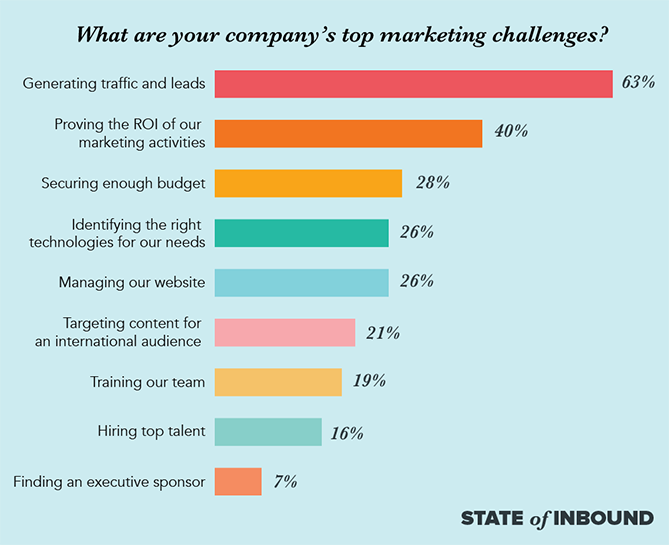

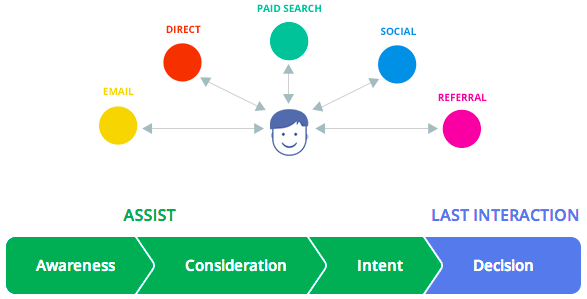
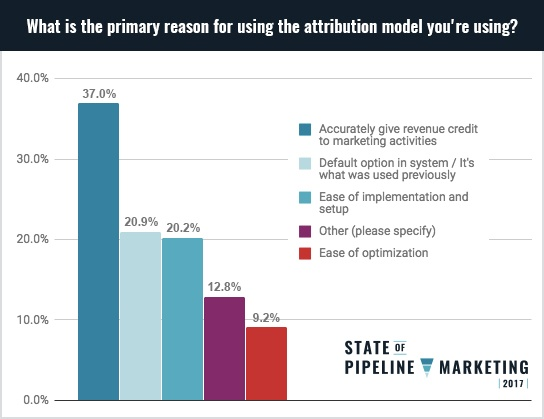


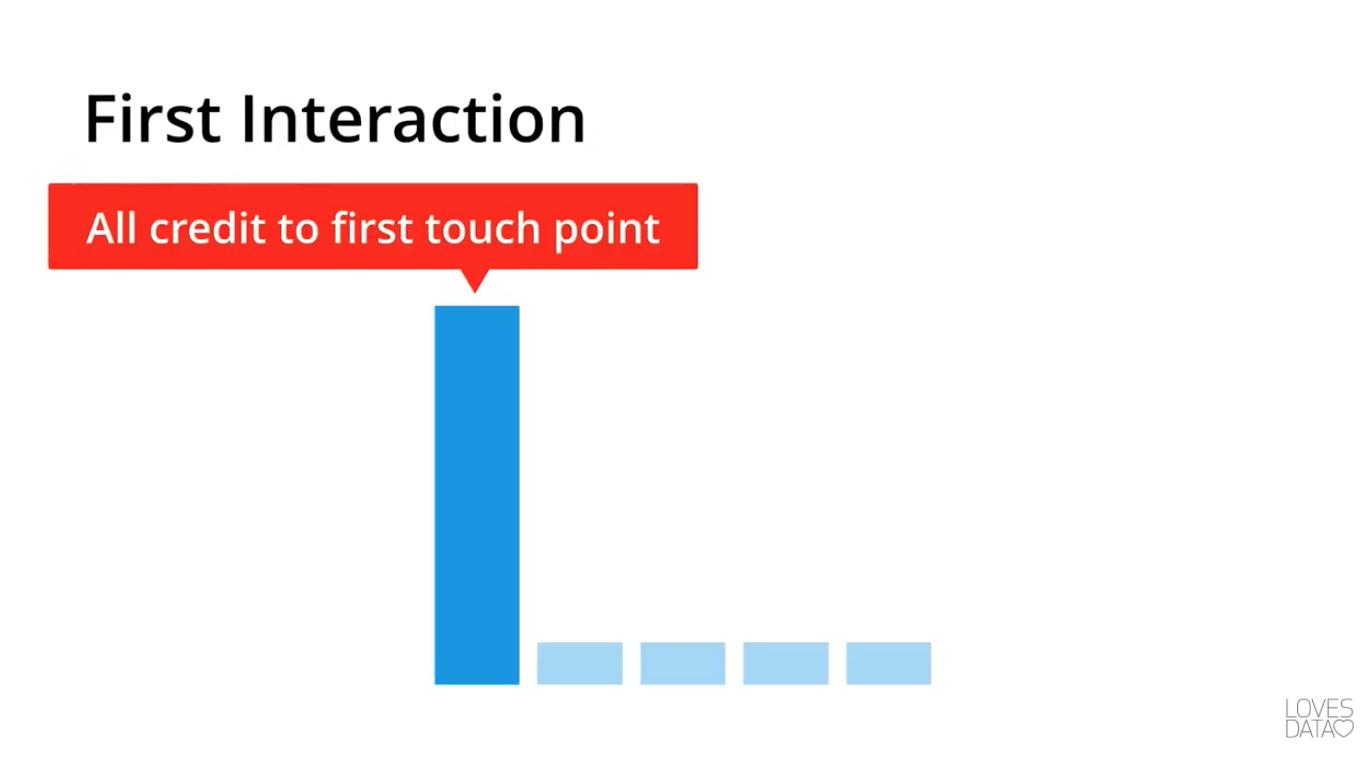
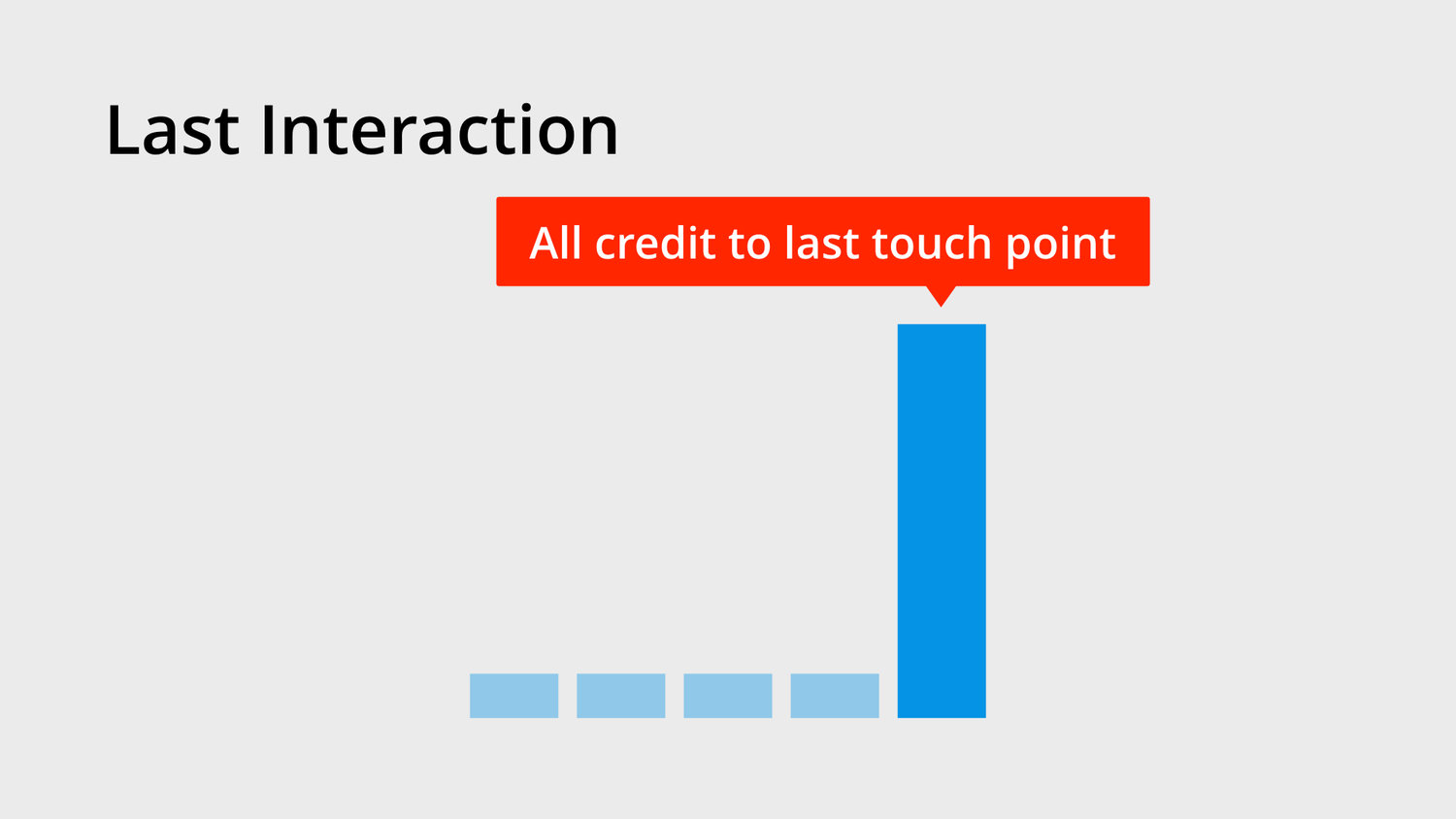



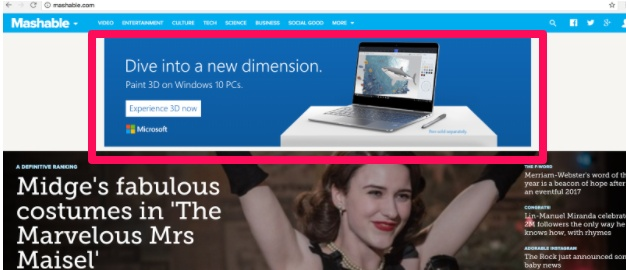
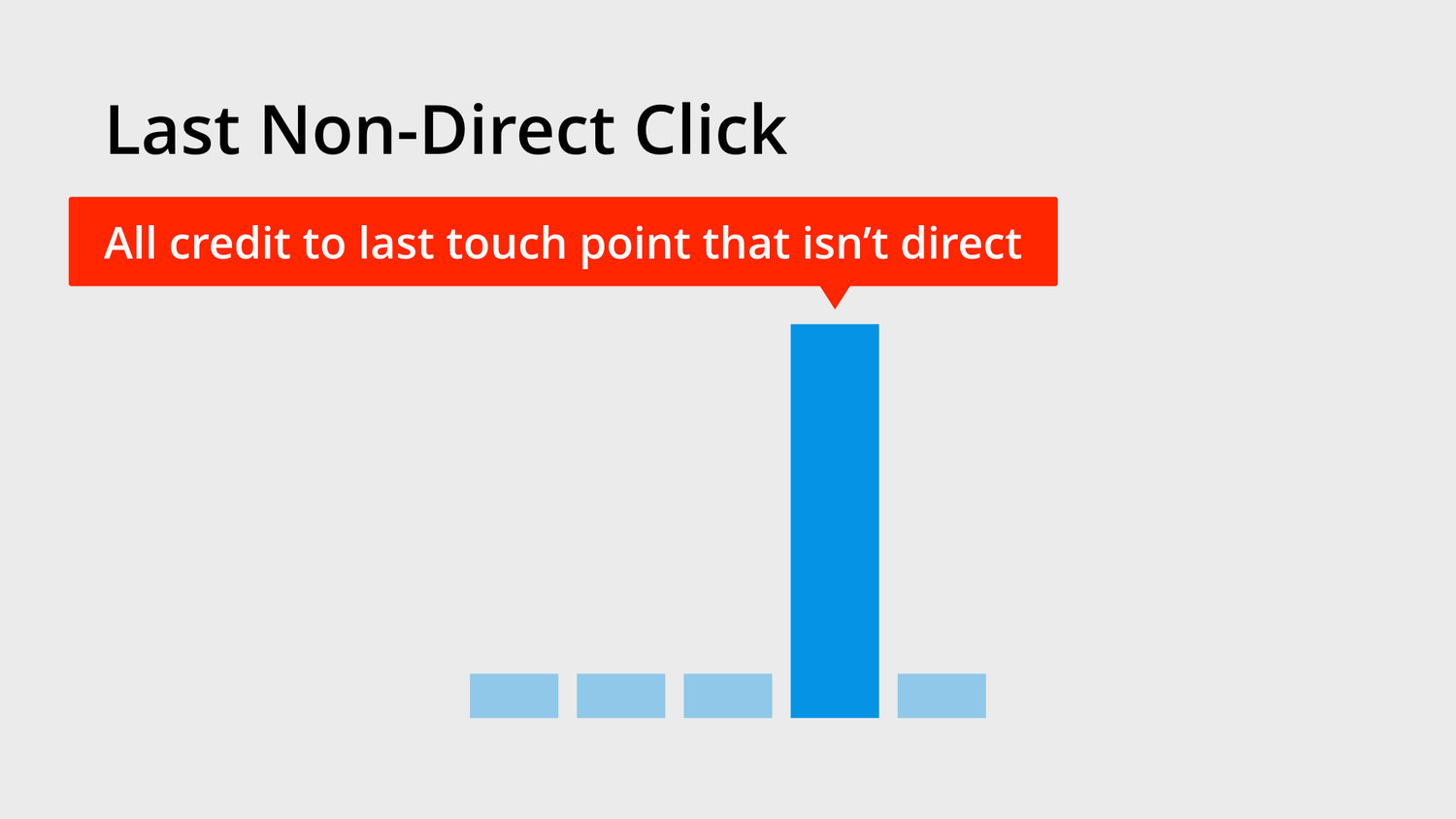
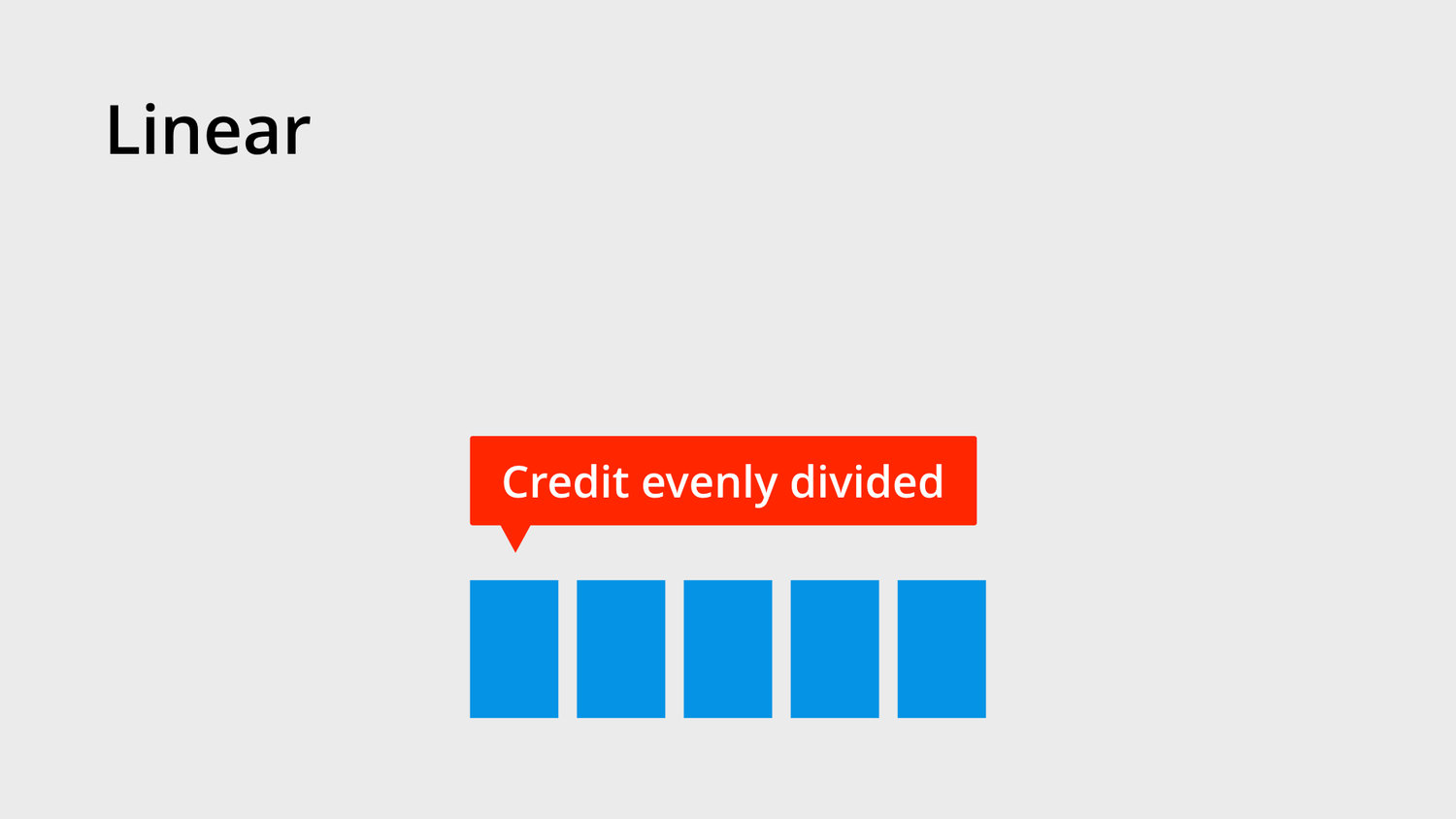

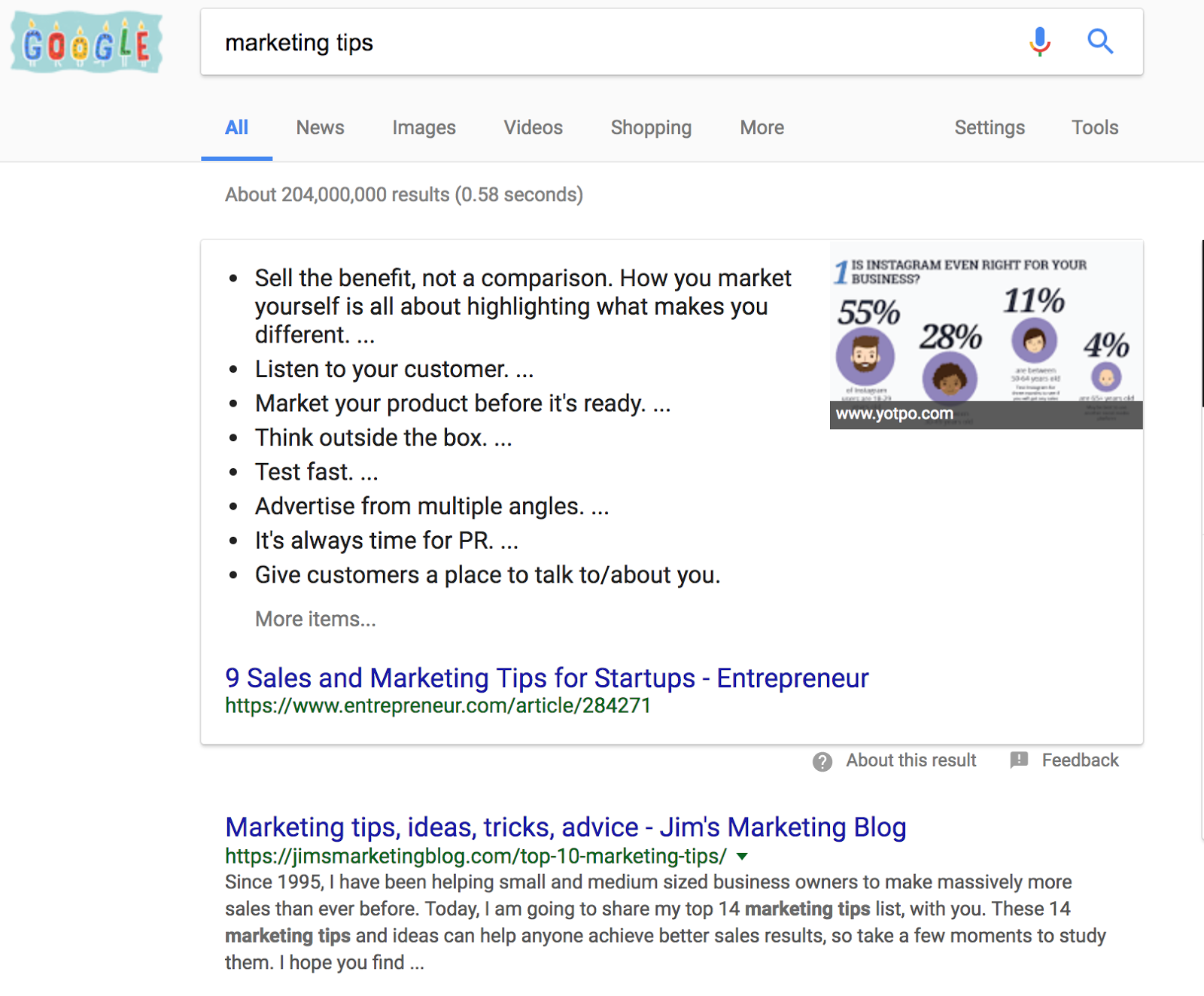


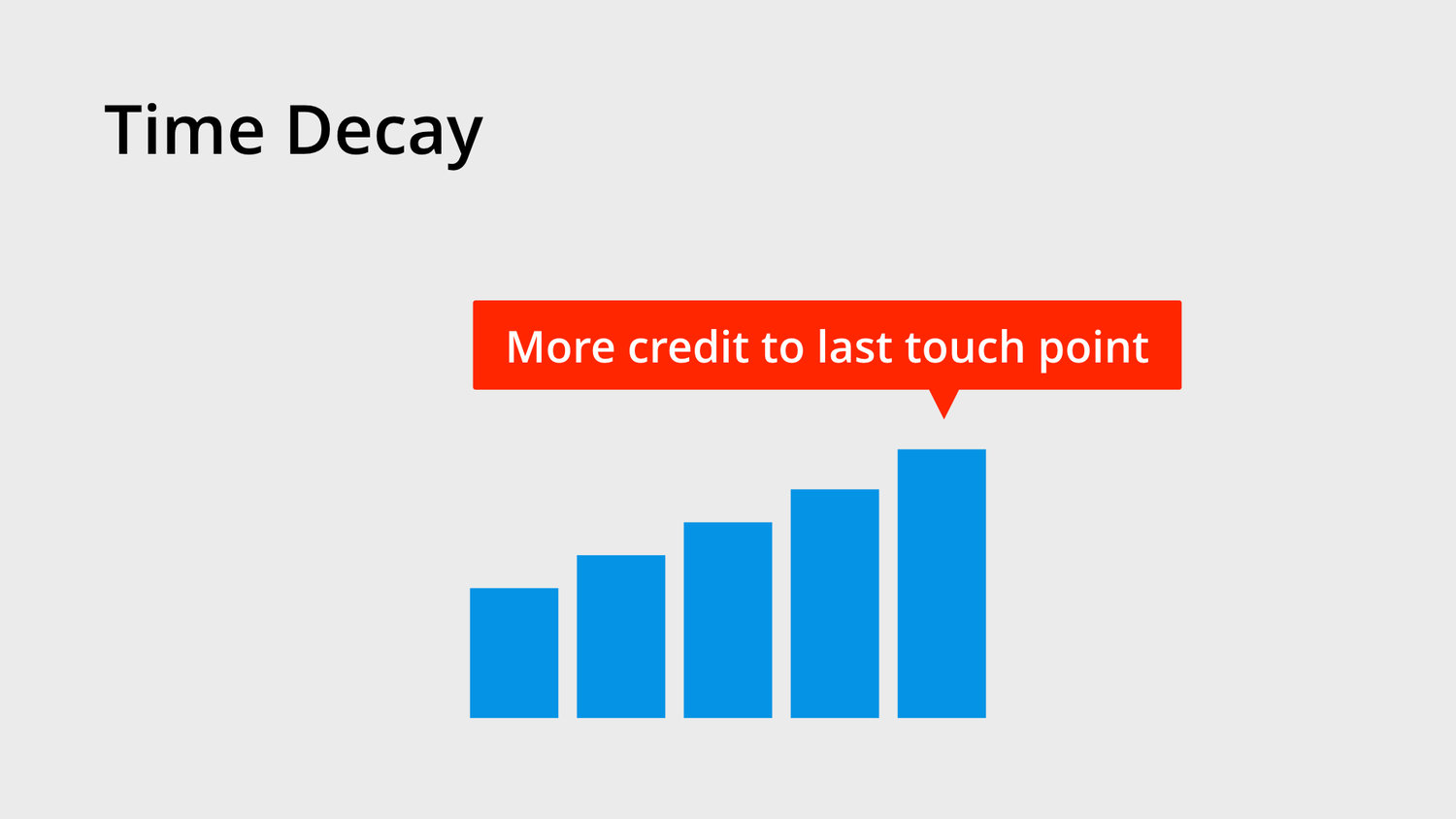

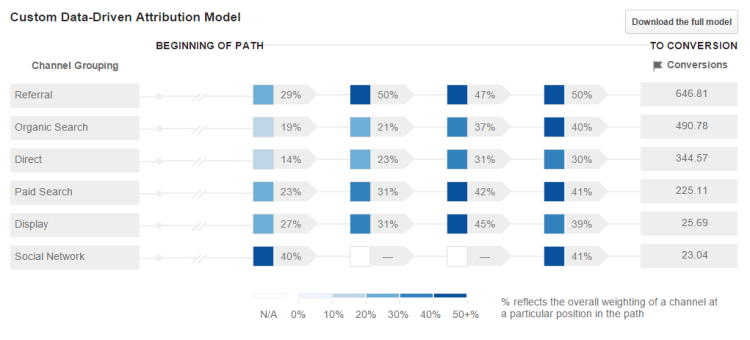

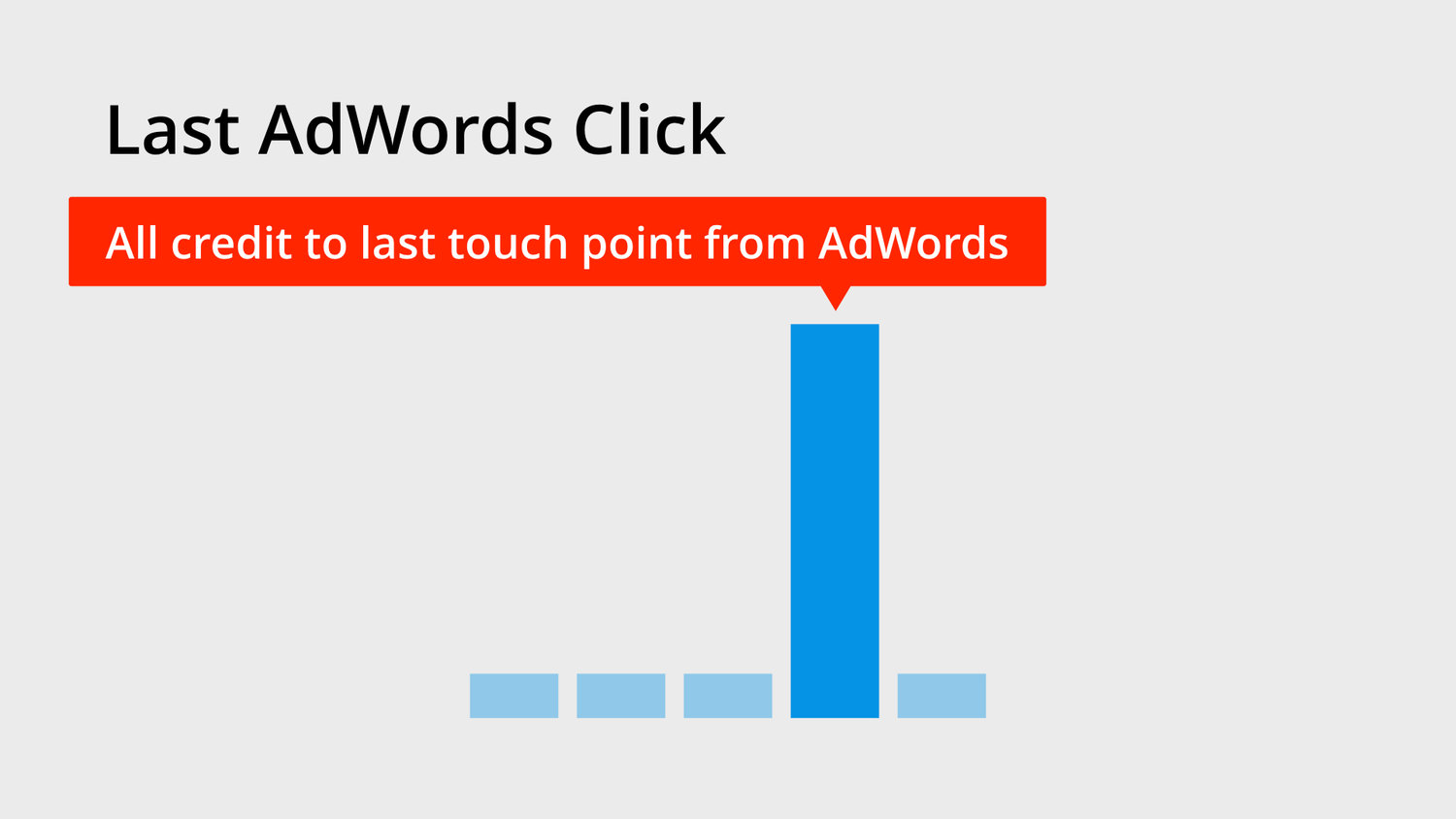
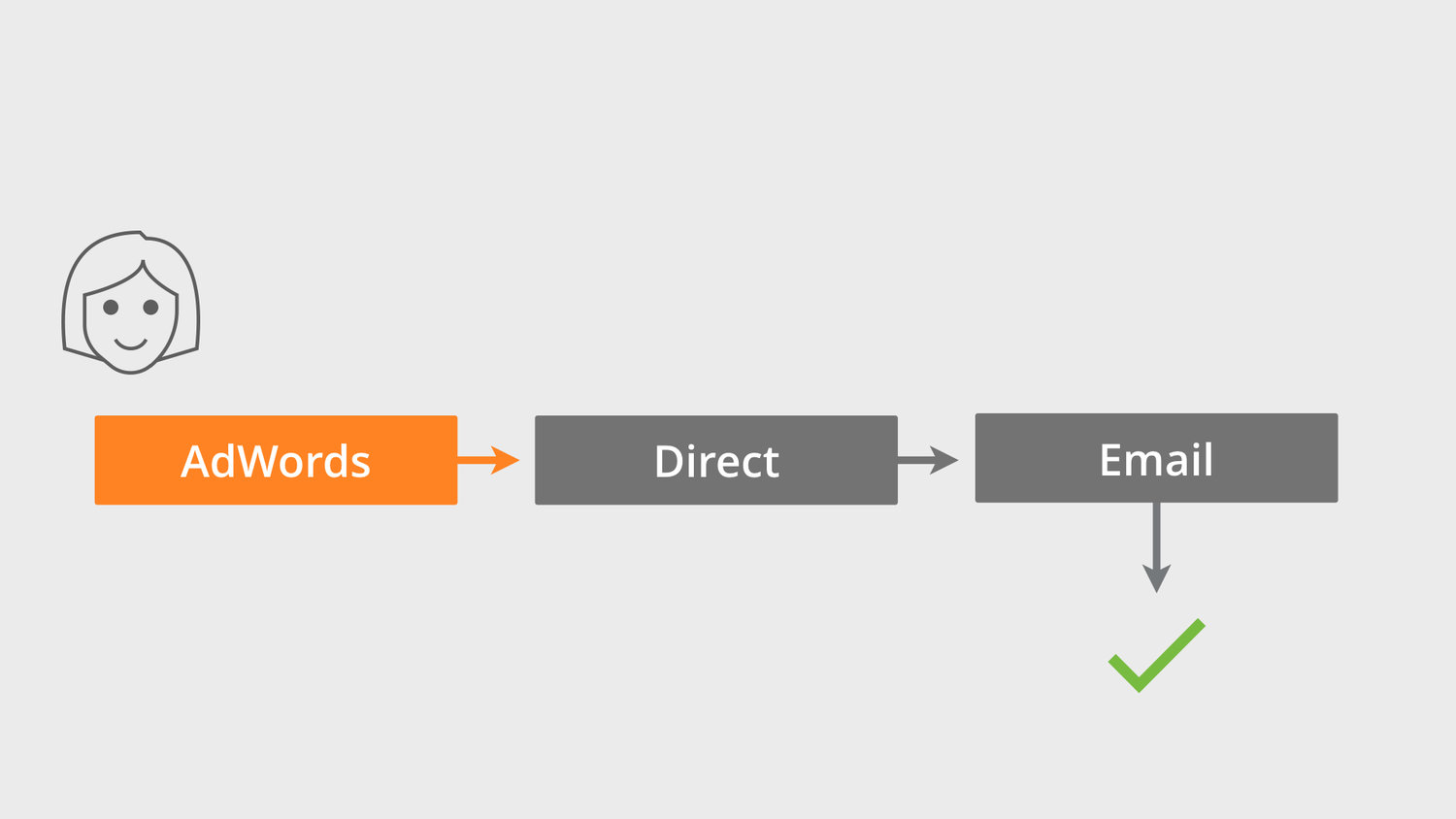

Comments (20)